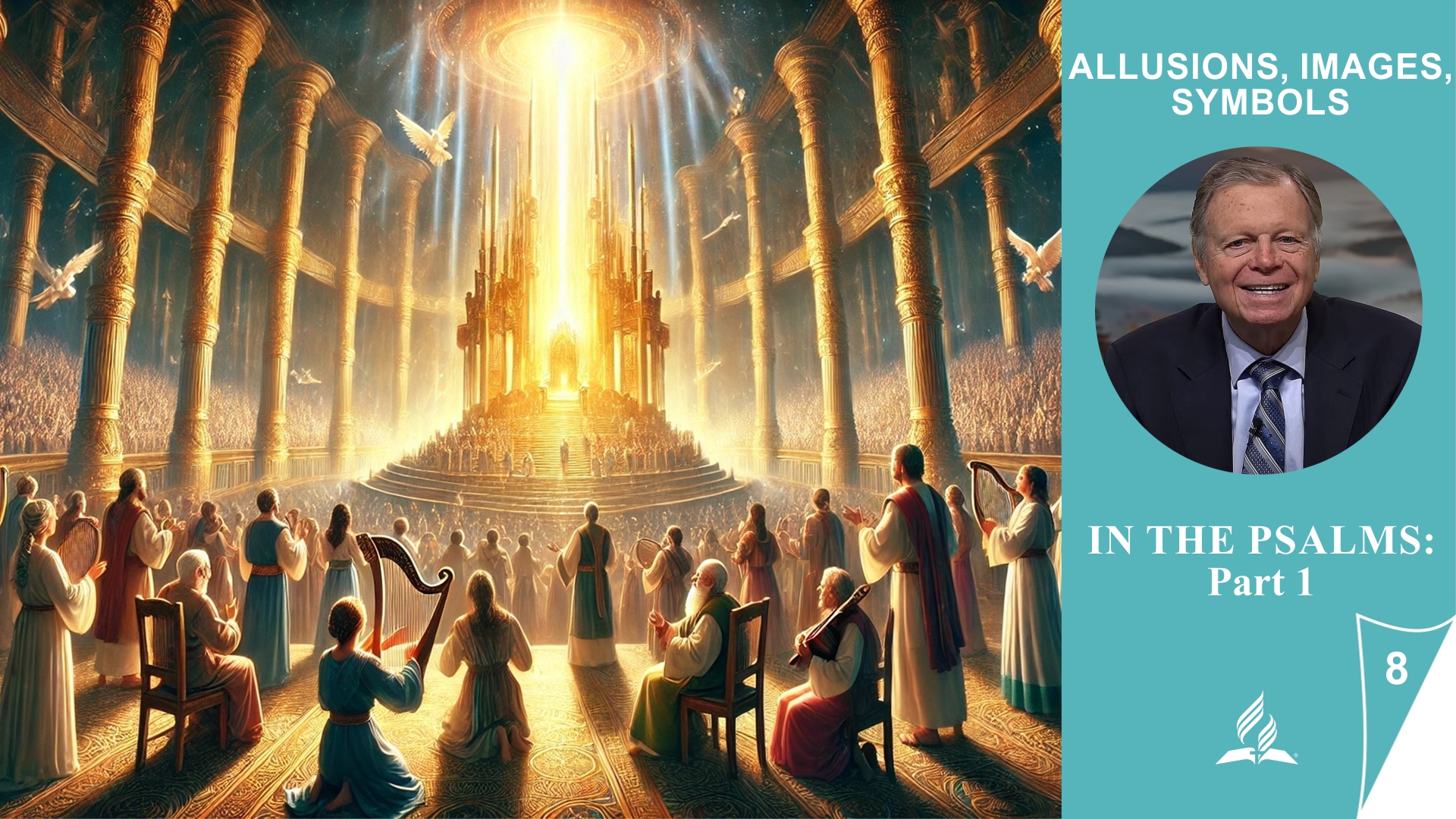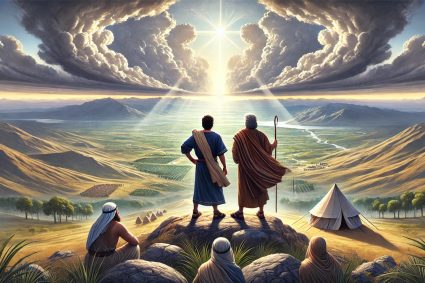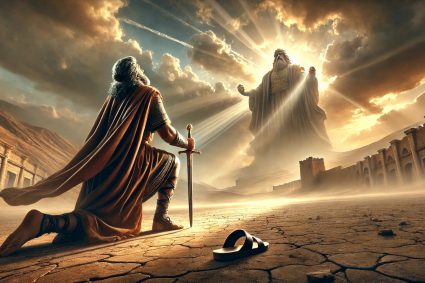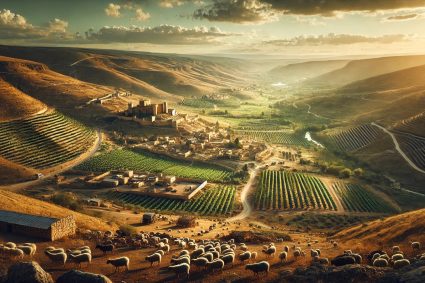
Series ALLUSIONS, IMAGES, SYMBOLS with Pastor Mark Finley |
Lesson 8.In the Psalms: Part 1 |
The Psalms and the Sanctuary – Praise, Judgment, and Grace in Harmony |
The Psalms are not merely poetic prayers but deeply rooted experiences of faith cast in the light of the sanctuary. They reflect how God’s people sought, encountered, and celebrated the Lord’s presence in the temple. In connection with the message of Revelation, they show that worship, purity, judgment, and redemption have always been central themes for God’s people. The Psalms answer the question: Who may stand before God—and why? Only through the Lamb’s sacrifice is true fellowship with God possible. This lesson leads us deeper into the sanctuary-based plan of salvation and opens our hearts to what genuine worship means.
Memory Text: Revelation 14:1 – “Then I looked, and behold, a Lamb standing on Mount Zion, and with Him one hundred and forty-four thousand, having His Father’s name written on their foreheads.”
Contents:
8.1 Our High Priest
The Heavenly High Priest – Jesus at the Center of Sanctuary and Hope
The tabernacle was not a human invention but a divine pattern given to Moses exactly as he saw in heaven. This earthly sanctuary was a prophetic replica of the true heavenly sanctuary, where Christ now ministers as our High Priest. Hebrews 9:11–15 shows that Jesus entered the sanctuary once for all—not with animal blood, but with his own—bringing eternal redemption. Revelation picks up this sanctuary language again and makes clear: anyone who would understand God’s plan must recognize Jesus as the center of temple service. Psalm 122 reveals how deeply God’s people were bound to the sanctuary—a place of joy, peace, worship, and divine order. Today we find all that not at a physical location, but in living relationship with Christ, our High Priest.
8.2 On Mount Zion
Who May Dwell on Your Holy Hill? – Only Through the Lamb
In Revelation 14 we see the redeemed standing on Mount Zion—a picture of nearness to God and his presence. Psalms 15 and 24 describe with vivid clarity how holy and pure one must be to dwell on that mountain. These requirements also expose our inability to stand before God by our own strength. That is precisely where the gospel comes in: only the Lamb—Jesus Christ—makes it possible to stand on Mount Zion. His righteousness is credited to us by faith so that we may enter boldly. The Father’s name on our foreheads (Rev. 14:1) expresses a new identity shaped by the Lamb’s blood, not by our own merit.
8.3 Law in Our Hearts
The Name on Our Foreheads – God’s Law Written Within
God’s name represents his character—full of grace, truth, and justice. When Moses asked to see God’s glory, God revealed his name, his very being. Likewise, the name of God on the foreheads of the redeemed in Revelation 14 pictures God’s character written into their minds and hearts. They love him because he first loved them, and that love is expressed in a life aligned with his commandments. The law is no longer a burden but the fruit of an inwardly transformed relationship—an outgrowth of grace, not its precondition. For those who truly know God love his law (1 John 5:3)—not by compulsion but from devotion.
8.4 Psalm 5
Between Judgment and Grace – Psalm 5 and the Message of the Redeemed
Psalm 5 starkly contrasts the godless with the righteous—a theme revisited in Revelation 14. Both texts emphasize that only the redeemed can stand in God’s presence, not by their own works but by the Lamb’s grace. David and John alike link redemption with true worship: encountering God in awe and loving his name. Truthfulness and purity in speech mark God’s end-time people—they reflect God’s character in a world full of deception. The perspective of righteous judgment shows our desperate need for Christ’s righteousness to stand before God. Yet that righteousness is freely given—so we rejoice and proclaim his love with boldness.
8.5 Teach Transgressors Your Way
Forgiven, Cleansed—and Sent
Psalm 51 shows that genuine repentance leads not only to forgiveness but to the desire to guide others in God’s ways. David vows that, once cleansed, he will “teach transgressors your ways”—not from moral self-righteousness but from personal experience of God’s mercy. Just as Isaiah in his throne-room vision, each of us who has received forgiveness is made a messenger. The “eternal gospel” of Revelation 14 is thus the starting point for every other message—it is the foundation for truth, worship, and warning. Only those who themselves have been redeemed can credibly speak of the Redeemer. The world doesn’t need perfect people but authentic witnesses who live by grace.
8.6 Summary
In the Light of the Sanctuary – The Psalms as Guides to God’s Presence
Lesson 8 shows how intimately the Psalms are woven into the sanctuary message and the plan of salvation. They reveal a deep longing for God’s presence, for peace, justice, and true worship. In Psalms 122, 5, 15, and 24 we see that only through the Lamb of God can one access God’s holy mountain. The redeemed in Revelation 14 are not perfect but forgiven—hearts and minds transformed by God’s grace. Their steadfastness, their worship, and their life-witness flow from the “eternal gospel.” The Psalms help us to understand this path—personally, experientially, and with hope.
(Visited 9 times, 1 visits today)




















